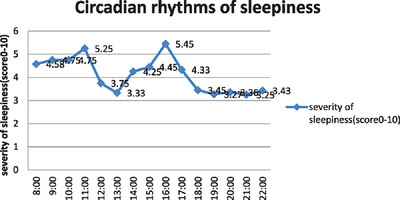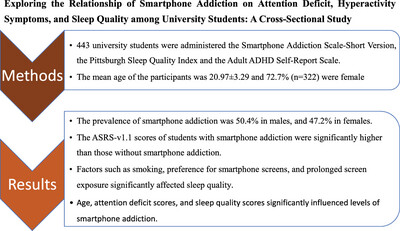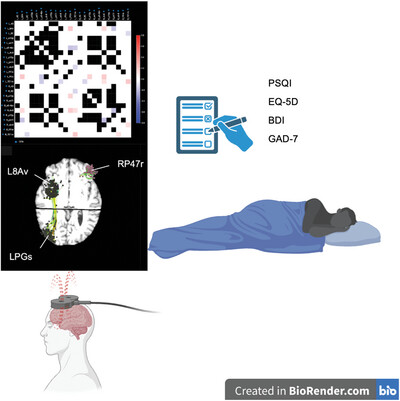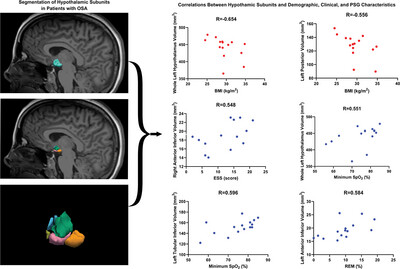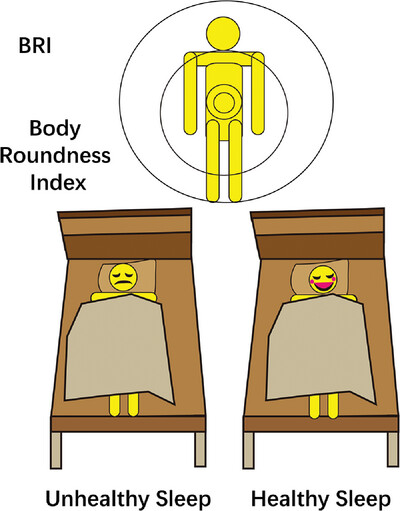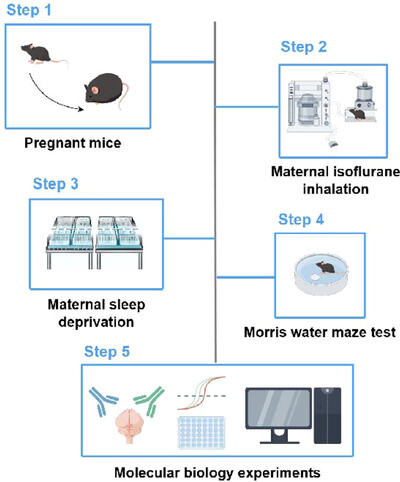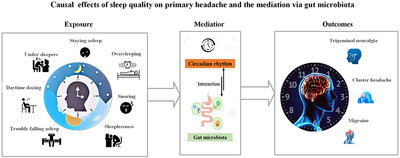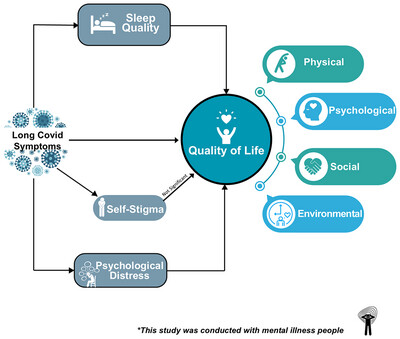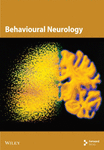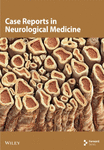Journal list menu
Export Citations
Download PDFs
Table of Contents
Cortical activation during the verbal fluency task for obstructive sleep apnea patients with depressive symptoms: A multi-channel fNIRS study
- First Published: 29 September 2024
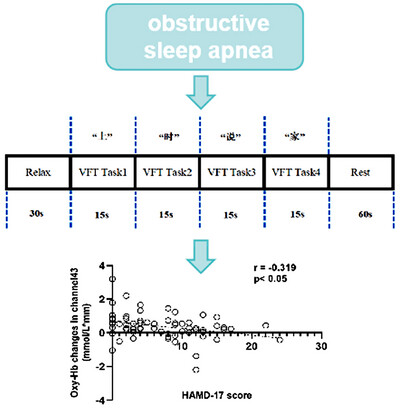
Our study investigated the relationship between brain function and depression in OSA patients. The functional near-infrared spectroscopy was used to monitor the concentration of Oxy-Hb in the brain, whereas the participants performed the verbal fluency task, and the degree of depression was scored using the 17-item Hamilton Rating Scale for Depression. The right frontal polar region may be significant in assessing depressive symptoms in patients with OSA.
Association Between Dietary Fiber Intake and Sleep Disorders: Based on the NHANES Database
- First Published: 05 November 2024
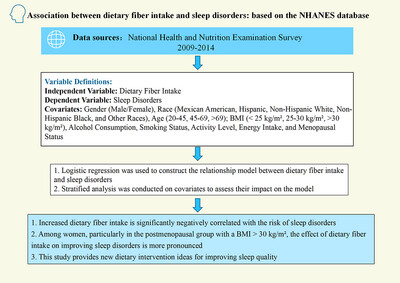
This study utilizes data from the National Health and Nutrition Examination Survey (NHANES) conducted between 2009 and 2014 to explore the association between dietary fiber intake and sleep disorders. The independent variable is dietary fiber intake, while the dependent variable is sleep disorders. Logistic regression analysis was employed to construct a relationship model between dietary fiber intake and sleep disorders, and stratified analysis was conducted on covariates to assess their impact on the model. The results indicate that increased dietary fiber intake is significantly negatively correlated with the risk of sleep disorders. Among women, particularly in the postmenopausal group with a BMI greater than 30 kg/m2, the effect of dietary fiber intake on improving sleep disorders is more pronounced. This study provides new dietary intervention ideas for improving sleep quality.
High compassion predicts fewer sleep difficulties: A general population study with an 11-year follow-up
- First Published: 22 August 2023
Circadian rhythm of daytime sleepiness in pediatric narcolepsy: A pilot study
- First Published: 07 June 2023
Exploring the Relationship of Smartphone Addiction on Attention Deficit, Hyperactivity Symptoms, and Sleep Quality Among University Students: A Cross-Sectional Study
- First Published: 22 November 2024
Effects of chronic sleep restriction on the neuro-phenotypes of Ctnnd2 knockout mice
- First Published: 24 May 2023
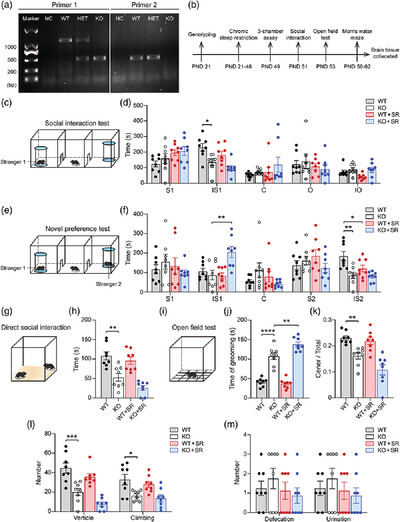
The main finding of our present study is that the deletion of Ctnnd2 gene in mice could lead social interaction disorders, repetitive behaviors, less exploration behaviors and defects in spatial cognition. Besides, the growth of dendritic spines and synapses in prefrontal cortex(PFC) are significantly impaired in Ctnnd2 KO mice. Next, we find that some of these phenotypes in WT and Ctnnd2 KO mice were also influenced by chronic sleep restriction, which is similarly to that seen in human with autism. Finally, we observe that PI3K/Akt-mTOR signal pathway was inhibited in Ctnnd2 KO mice, and chronic sleep restriction may regulate the development of dendritic spines and synapses mediated by PI3K/Akt-mTOR signal pathway.
Improvements in Sleep Quality in Patients With Major Depressive and Generalized Anxiety Disorders Treated With Individualized, Parcel-Guided Transcranial Magnetic Stimulation
- First Published: 17 October 2024
Volumetric analysis of the hypothalamic subunits in obstructive sleep apnea
- First Published: 05 September 2024
High Body Roundness Index Is Associated With Unhealthy Sleep Patterns: Insights From NHANES (2007–2014)
- First Published: 31 December 2024
Complications following REM sleep behavior disorder
- First Published: 30 March 2021
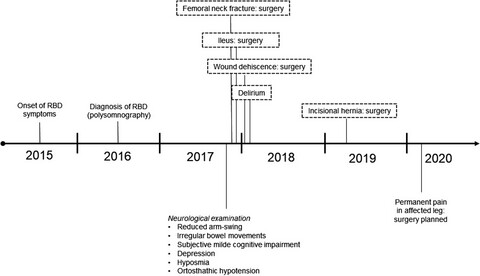
REM sleep behavior disorder (RBD) is gaining increasing attention as important prodromal marker for the development of neurodegenerative disorders such as Parkinson's Disease. However, the clinical relevance of this disorder and its association with other prodromal markers is often underestimated in clinical routine. We here report a case of severe clinical complications following extensive nocturnal movements due to RBD, aggravated by occurrence of additional prodromal nonmotor symptoms.
Subsequent maternal sleep deprivation aggravates cognitive impairment by modulating hippocampal neuroinflammatory responses and synaptic function in maternal isoflurane-exposed offspring mice
- First Published: 30 June 2024
Ocular emotion discrimination disorders in self-limited epilepsy patients with centrotemporal spikes complicated with electrical status epilepticus during sleep: A pediatric neuropsychological study
- First Published: 16 May 2023

SeLECTS complicated with ESES was associated with more extense emotional (sadness, fear, disgust, and surprise) recognition impairment in the eye region. The higher the SWI, the younger the onset age and the longer the duration of ESES, while the more the number of seizures, the more serious the impairment of emotional recognition function in the affected eye area.
Relationship of Autophagic Dysfunction With the Quality of Life and Sleep, Depression and Disease Severity in Patients With Restless Legs Syndrome
- First Published: 07 January 2025

In summary, autophagy may play a crucial role in the development of Restless Legs Syndrome (RLS). Autophagic dysfunction is associated with a worse quality of life, disturbed sleep, and the severity of the disease in patients with RLS. Autophagy-related Protein 3 (ATG3) and Autophagy-related Protein 5 (ATG5) may serve as prognostic or diagnostic markers for RLS. Upregulated ATG5 expressions are associated with depression status in RLS.
Causal Effects of Sleep Quality on Primary Headache and the Mediation via Gut Microbiota: A Mendelian Randomization Study
- First Published: 28 November 2024
rTMS targeted to the secondary somatosensory cortex influences sleep in CRPS patients, as measured with the OURA ring
- First Published: 12 September 2023

Repetitive transcranial magnetic stimulation (rTMS) targeted at the secondary somatosensory cortex decreased sleep restlessness in patients with complex regional pain syndrome. A multivariate analysis of OURA parameters revealed that assessing multiple sleep-related parameters concurrently can be beneficial when analyzing rTMS effects on sleep.
Parallel Mediating Effects of Sleep Quality, Psychological Distress, and Self-Stigma in the Associations Between Long COVID Symptoms and Quality of Life Among Taiwanese Individuals With Mental Health Illness
- First Published: 14 October 2024
Rapid eye movement dependency is associated with increased inflammatory activity in obstructive sleep apnea syndrome
- First Published: 06 June 2024
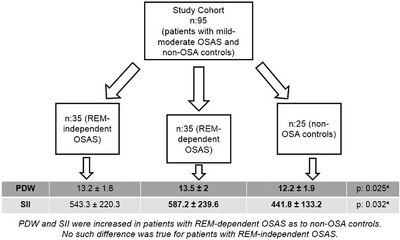
REM-dependent OSAS has some typical characteristics that distinguish it from stage-independent OSAS. These include a preference for younger age, female gender, and milder disease severity. Although these features suggest a benign course for this phenotype, recent literature shows that it is also associated with various cardiometabolic consequences. In our retrospective study, we found that PDW and SII, two accessible blood parameters, indicate an increased inflammatory status in this subtype. Our results highlight the need for close follow-up in patients with REM-dependent OSAS, as increased systemic inflammation can have negative consequences.
Correlation of diffusion tensor tractography with obstructive sleep apnea severity
- First Published: 21 May 2024
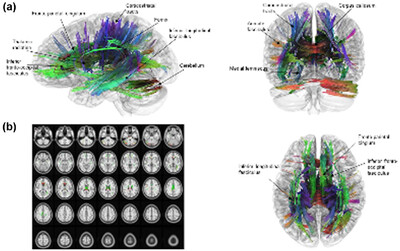
Correlation of diffusion tensor tractography with obstructive sleep apnea severity Bong Soo Park, Dong Ah Lee, Ho-Joon Lee, Jinseung Kim, Junghae Ko, Won Hee Lee, Jiyae Yi, Kang Min Park* Using correlation tractography, this study aimed to find statistically significant correlations between white matter (WM) tracts in participants with obstructive sleep apnea (OSA) and OSA severity. Connectometry analysis revealed that the AHI in participants with OSA was negatively correlated with FA-values in WM tracts. Connectometry analyses are valuable tools for detecting WM changes in sleep disorders.
Accelerometer-derived sleep measures in idiopathic dystonia: A UK Biobank cohort study
- First Published: 07 August 2023
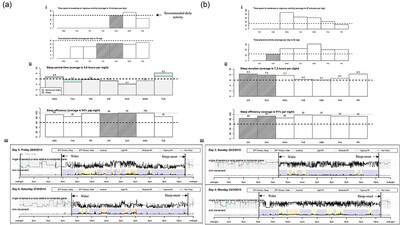
Accelerometer-derived sleep measures in idiopathic dystonia: A UK Biobank cohort study. Grace A Bailey, Megan E Wadon, Sandra Komarzynski, Claare Matthews, Elin Haf Davies, Kathryn J Peall.* No previous studies have examined sleep in an idiopathic dystonia cohort using objectives measures derived from wrist worn accelerometers. We made us of the large UK Biobank dataset to undertake this work at scale. Data from 241 dystonia aand 964 matched controls were compared, identifying later sleep times, reduced time in bed and shifts in circadian rhythms in those diagnosed with dystonia compared to controls, with these differences independent of reported pain.
Factors correlated with excessive daytime sleepiness in patients with Parkinson's disease: A polysomnography study
- First Published: 02 August 2023





